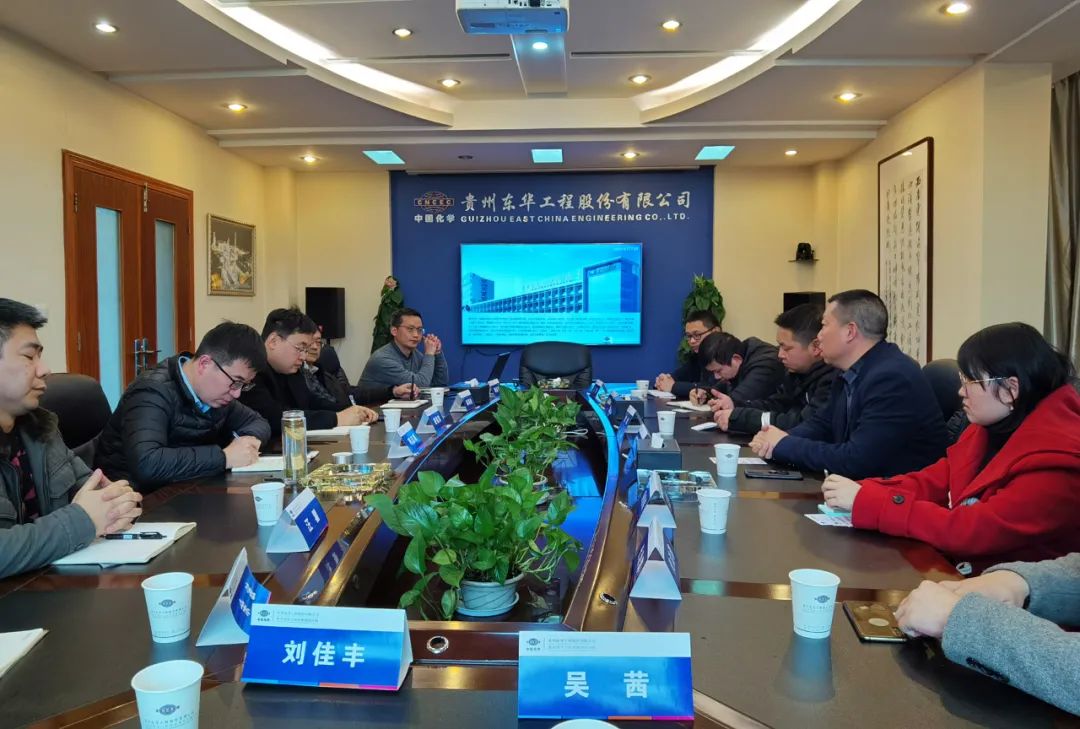Accounting subject adjustment 1
.
Add the subject of “contract performance cost / project construction” (accounting according to the project), and calculate the accounting content of the original subject of “project construction / contract cost”
.
2
.
Add the items of “contract assets” and “contract liabilities”, and delete “engineering construction / contract gross profit”
.
If the balance of the contract settlement account is the debit, it will be adjusted to the “contract assets / project funds (completed but unsettled)” account; if the balance of the contract settlement account is the credit, it will be adjusted to the “contract liabilities / settled but unsettled” account
.
[supplement] “contract settlement”: this account calculates the contract assets or contract liabilities under the same contract that are related to settlement consideration with customers when performing performance obligations within a certain period of time
.
Under this account, the “contract settlement price settlement” account is set to reflect the amount settled with customers on a regular basis, and the “contract settlement income carry forward” account is set to reflect the income carried forward according to performance progress Amount of income
.
3
.
The account of “advance receipt” is adjusted to the account of “contract liability”
.
4
.
guarantee money is adjusted from “accounts receivable” subject to “contract assets” subject, and the term of warranty is adjusted to “accounts receivable” subject
.
02 accounting process (for reference only) 1
.
Purchasing materials: Borrowing: taxes payable for raw materials – VAT payable – input tax payable – input tax to be certified (current month’s uncertified deductible VAT) taxes payable – VAT payable (output tax credit) (simple tax difference) loan: accounts payable / bank deposit 2
.
Actual cost of project: Borrowing: contract performance cost Tax payable – VAT payable – input tax payable – input tax to be certified (transferred to tax payable subject upon receipt of invoice) Credit: accounts payable / bank deposit / raw materials / employee compensation payable, etc
.
3
.
Receipt of advance payment (1) issue non taxable invoice credit: bank deposit credit: tax payable on contract liabilities – VAT payable in advance (general tax) tax payable – simple tax (simple tax) )(2) Tax rate invoice debit: bank deposit credit: tax payable – VAT payable – output tax (general tax) tax payable – simple tax (simple tax) 4
.
Main business cost confirmation: Debit: main business cost credit: contract performance cost 5
.
Main business income confirmation (investment method, income confirmation amount calculated according to the percentage of completion): Debit: contract settlement – income settlement Re lending: main business income 6
.
Owner’s confirmation of project quantity (including quality assurance deposit): Borrowing: accounts receivable contract assets – quality assurance deposit contract liabilities – Project Funds – advance project funds (this time offsetting the amount of advance project funds) lending: contract settlement – price settlement tax payable – output tax to be transferred (the time point of accounting revenue recognition of VAT tax liability) tax payable – VAT payable – output tax Amount (general tax) tax payable – simple tax (simple tax) accounts receivable – project payment – progress settlement (this offset of the amount of project payment in advance) 7
.
Transfer the balance of contract settlement to contract assets or contract liabilities at the end of the period: (1) project debit with the balance of contract settlement account as debit: contract assets – project loan: contract settlement – project payment carry forward at the end of the period (2) balance of contract settlement account Loan for the credit: contract settlement – project payment end of period carry forward loan: contract liability – project payment 8
.
Warranty period – contract assets transferred into accounts receivable and invoiced loan: accounts receivable loan: contract assets – warranty deposit tax payable – VAT payable – output tax (general tax) tax payable – simple tax (simple tax) 03 accounting instructions for several important subjects (from China) (1) “contract assets” this subject accounts for the right of an enterprise to receive consideration for the goods it has transferred to its customers
.
Detailed accounting shall be carried out in accordance with the contract
.
1
.
What should be noted is the difference from accounts receivable: “accounts receivable” is the right of an enterprise to collect the contract consideration unconditionally
.
The enterprise can collect money only with the passage of time, and the enterprise only bears the credit risk
.
“Contract assets” contract assets are not an unconditional right of collection
.
In addition to the passage of time, the right also depends on other conditions (such as the performance of other performance obligations in the contract) in order to receive the corresponding contract consideration
.
In addition to bearing credit risks, enterprises can also bear other risks, such as performance risks
.
The difference between the two lies in that receivables represent the right to collect the contract consideration unconditionally, that is, the enterprise can collect the contract consideration only with the passage of time, while the contract asset is not an unconditional right to collect the contract consideration
.
In addition to the passage of time, the right also depends on other conditions (such as the performance of other performance obligations in the contract)
.
Therefore, the risks related to contract assets and receivables are different
.
Receivables only bear credit risk, while contract assets may bear other risks besides credit risk, such as performance risk
.
The measurement, presentation and disclosure of impairment of contract assets shall be subject to accounting treatment in accordance with the requirements of relevant financial instrument standards
.
2
.
If the main accounting treatment enterprise involved has transferred goods to the customer before the customer actually pays the contract consideration or before the consideration is due and payable, it shall borrow: contract assets loan: taxes payable on the main business income (or other business income) – VAT payable – output tax (general tax) payable according to the amount of consideration it is entitled to collect due to the transferred goods- Simple tax calculation (simple tax calculation) when the enterprise obtains the unconditional right of collection: Borrow: accounts receivable loan: contract assets [case] 2 × on December 1, 20, company a signed a contract with the customer to sell goods a and B, and the contract price was 5 million yuan
.
The separate price of commodity a is 1.2 million yuan, and that of commodity B is 4.8 million yuan, with a total price of 6 million yuan
.
According to the contract, commodity A shall be delivered on the beginning date of the contract, and commodity B shall be delivered one month later
.
Only after all the two commodities are delivered can company a be entitled to receive 5 million yuan of contract consideration
.
It is assumed that commodity a and commodity B constitute a single performance obligation respectively, and their control right is transferred to the customer at the time of delivery
.
The above prices do not include VAT, and it is assumed that the impact of relevant taxes is not taken into account
.
The accounting treatment of company a is as follows: (1) when delivering commodity a: Borrow: contract assets 100, credit: main business income 100 (500 × 120 / (120 + 480)) (2) when delivering commodity B: Borrow: accounts receivable 500, credit: contract assets 100, main business income 400 (500 × 480 / (120 + 480)) (2) “contract assets impairment preparation” subject
.
The accounting of this subject is related to contract assets The provision for impairment of assets can be accounted in detail according to the contract
.
If the contract assets are impaired, according to the amount of impairment, debit: loss of asset impairment credit: provision for contract asset impairment transferred back to the accrued provision for asset impairment debit: provision for contract asset impairment credit: loss of asset impairment (3) “contract liabilities” account this account accounts for the obligation of an enterprise to transfer goods to its customers in accordance with the contract Carry out detailed accounting
.
1
.
If the main accounting treatment enterprise involved pays the contract consideration before transferring the goods to the customer, the enterprise should borrow: bank deposit loan: tax payable for contract liabilities – value added tax payable – output tax (if the invoice is issued, make this entry) according to the amount received
.
After transferring the goods to the customer, the enterprise should borrow: contract liability loan: main business income (or other business income) 2
.
Matters needing attention: when the enterprise applies the new “income” standard to the accounting treatment of the advance collection of transferred goods, it will no longer use the “advance collection” subject.
.



